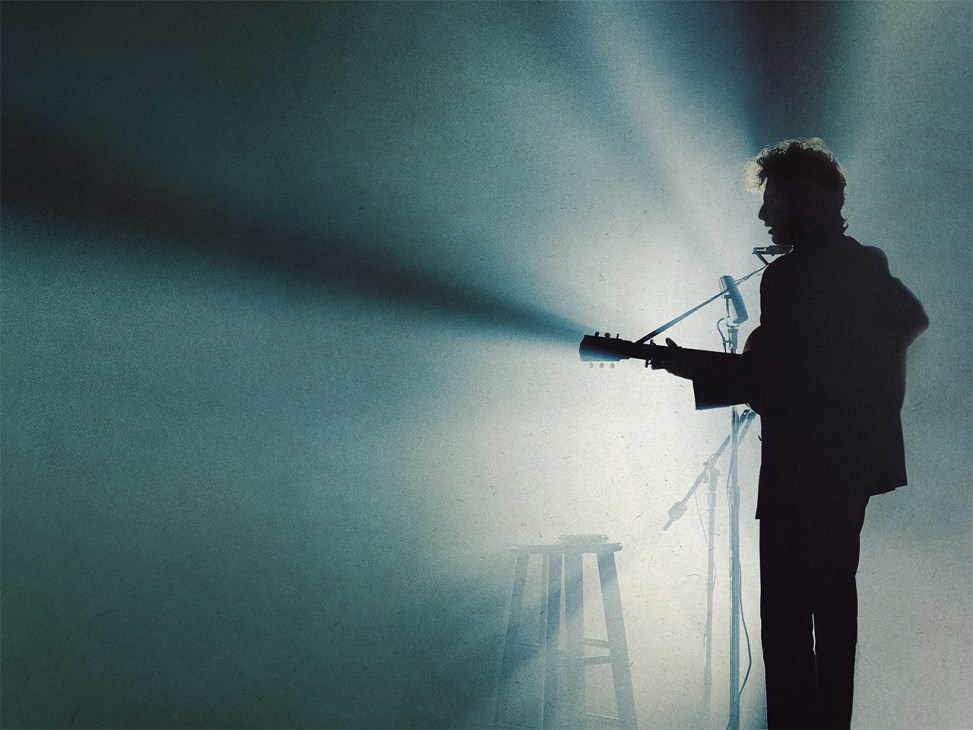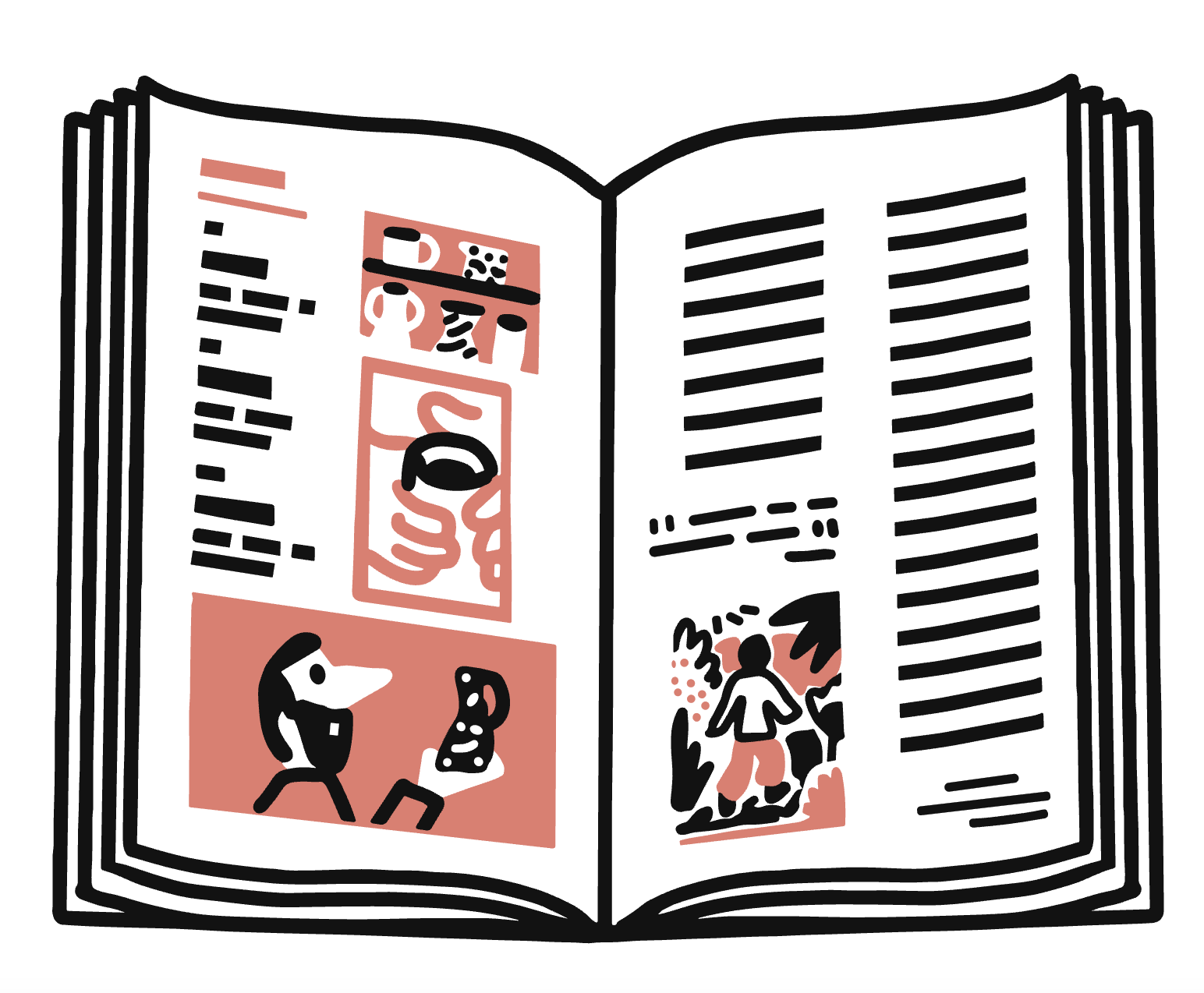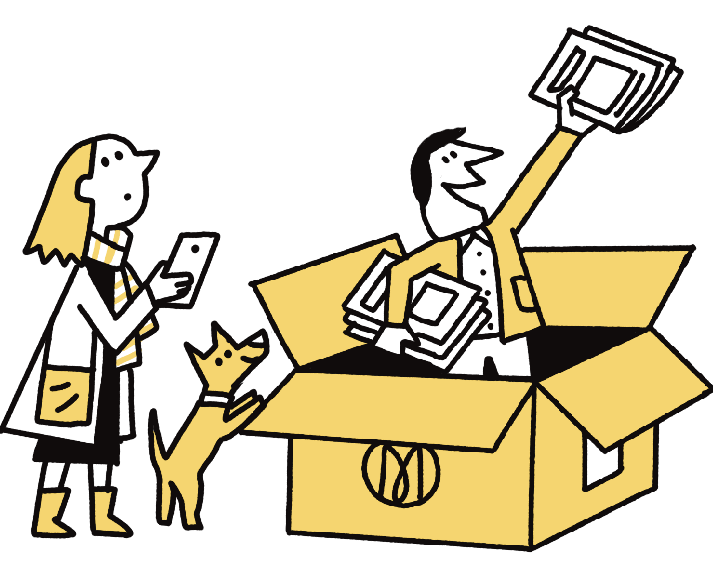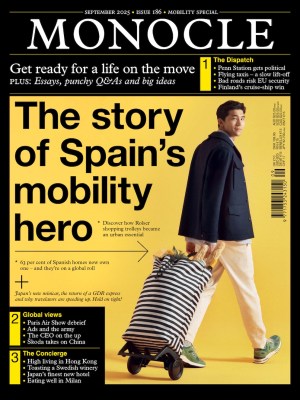A friend of mine who works in special effects once told me that Michael Jackson’s 45-degree “Smooth Criminal” lean was accomplished using a trick shoe into which a well-camouflaged peg on the stage floor would slot, anchoring the singer as he appeared to defy gravity. The fact that it’s a gimmick achieved through sleight of ankle doesn’t diminish its wonder, since so much of pop is pure magic and misdirection anyway. How authentic a song or performance feels largely depends on how well it sells a fantasy and how willing you are to buy into it. Johnny Cash never “shot a man in Reno just to watch him die,” but when he intones those words on “Folsom Prison Blues”, you allow yourself momentarily to believe that he did. The same goes for when Lana Del Rey steals the title line of an old Phil Spector-produced Crystals song, “He Hit Me (And It Felt Like a Kiss)”, and stashes it for you to find in the chorus of her 2014 single “Ultraviolence”. Despite its contraband provenance, the words still have power; they still jolt. You feel their sting because you believe her.
But could you believe a machine in the same way? In July an article by news website Techradar suggested that Velvet Sundown, a psych-rock band with more than a million monthly listeners on Spotify, was an AI-generated hoax. Its supposed members, pictured in publicity images as soulful hunks of various 1970s flavours, didn’t seem to exist beyond their music, which appeared to have been churned out by a generative music creation model such as Suno. After an initial flurry of panicked denials from an individual purporting to be the band’s PR rep (“We are REAL! Think next time before you erase real people”), Velvet Sundown’s Spotify bio was quietly updated to concede that its output was indeed a “synthetic music project” created “with the support of artificial intelligence”.
The response from (former) fans was predictably brutal – no one likes to be duped – and the media was no kinder. But the experience of listening to this digitally conceived approximation of the kind of retro, ersatz-Me-Generation nostalgia fodder that tends to be taken with utmost seriousness by legacy music magazines is a curious and weirdly thrilling trip. It’s like climbing into the back of someone’s pick-up truck expecting to hitch a ride to the mythical Laurel Canyon, only to be dropped off deep in the Uncanny Valley: a bit disappointing and disquieting, yes, but compelling too.
The music itself isn’t bad. Velvet Sundown songs such as “Dust on the Wind” end rather abruptly, as though the AI used to make them couldn’t quite grasp the point of a satisfying climax. The rote-Americana arrangements are serviceable, if not in the least inspired. The lyrics aren’t tin-eared enough to destroy a track entirely and line endings rhyme as neatly as an 11-year-old’s poetry homework (“Signals flashing in the trees/Broken oaths float on the breeze,” and so on). The vocals, meanwhile, are no more generic in style than what you’d expect to hear at a half-decent open-mic night. What’s interesting – and spooky – about all of this is its air of competence. There’s no greatness here but this perfectly passable music raises the question: what will this technology be capable of in years to come?

Watch Hollywood music biopics such as A Complete Unknown, James Mangold’s recent Bob Dylan movie, and you’ll be told that meaningful art is the product of individual insight and experience — that masterpieces are, in essence, fragments of real lives truthfully captured. It’s odd that such an archaic belief persists when it comes to discussions of pop, almost six decades after Roland Barthes’ essay “The Death of the Author” pointed out the folly of looking for a work’s ultimate meaning in the intentions of its creator. What matters is whether a song, painting, film or sculpture moves its audience, whose subjective appreciation of it is where real authenticity lies.
In this light, if AI one day becomes sophisticated enough to compose a song as good as, say, the Beach Boys’ “God Only Knows”, Dylan’s “Red River Shore” or Britney Spears’s “Toxic”, the fact that no human soul suffered to birth it should make little difference in how we respond to it. “Purple Rain” would still be “Purple Rain” if a robot, rather than Prince, had composed it. I like to think that AI won’t reach that point any time soon, if it ever does – it’s all too reminiscent of the “versificator” in George Orwell’s Nineteen Eighty-Four, a device that auto-generates “sentimental songs” to distract an oppressed people from their abjection. But consider how rudimentary the technology’s efforts at songwriting were just five years ago. The best that OpenAI could do in 2020 was a glitchy Frank Sinatra clone bawling, “It’s Christmas time! It’s hot-tub time!” AI won’t, I suspect, replace human artists but it will surely start competing with them in earnest.
There are, of course, difficult issues around how generative models are trained and the ownership of ideas fed into them. Tech companies aren’t known to play by the rules of copyright (or even of basic morality, frankly), and the livelihoods of many in the creative industries are now imperilled by this acceleration towards insta-art made by nerds with no real mastery of these media, simply keying in prompts. The fair remuneration of genuine artists is a legislative issue that lawmakers urgently need to tackle. The technology, meanwhile, is now a reality and, like all other innovations that have come along to simplify processes, will likely seem normal within a decade. Think of the development of modern multitrack recording in the mid-20th century, which was initially opposed by musicians’ unions fearful of its impact on session work for orchestras: something so essential to the recording process today was once considered dangerously disruptive too.
Humans will find ways to wring creativity out of AI, using it as a tool. And yet there’s something intrinsically depressing, even sinister, about the technology’s incursions into the sphere of artistry. To accept its rise unconditionally feels like a surrender to bozos who view art as little more than “content” – the mindset of insensible utilitarians uninterested in the possibility of true imaginative transcendence. In 1891, Oscar Wilde fantasised about a future society liberated and enriched by “the slavery of the machine”. He predicted that all of “the ugly, horrible, uninteresting work” that sustains civilisation would eventually be delegated to technology, freeing us to spend our lives making “beautiful things”. Who knew that our species would seek to delegate the latter too?
Read next: AI imitations could never replace the art of Studio Ghibli



